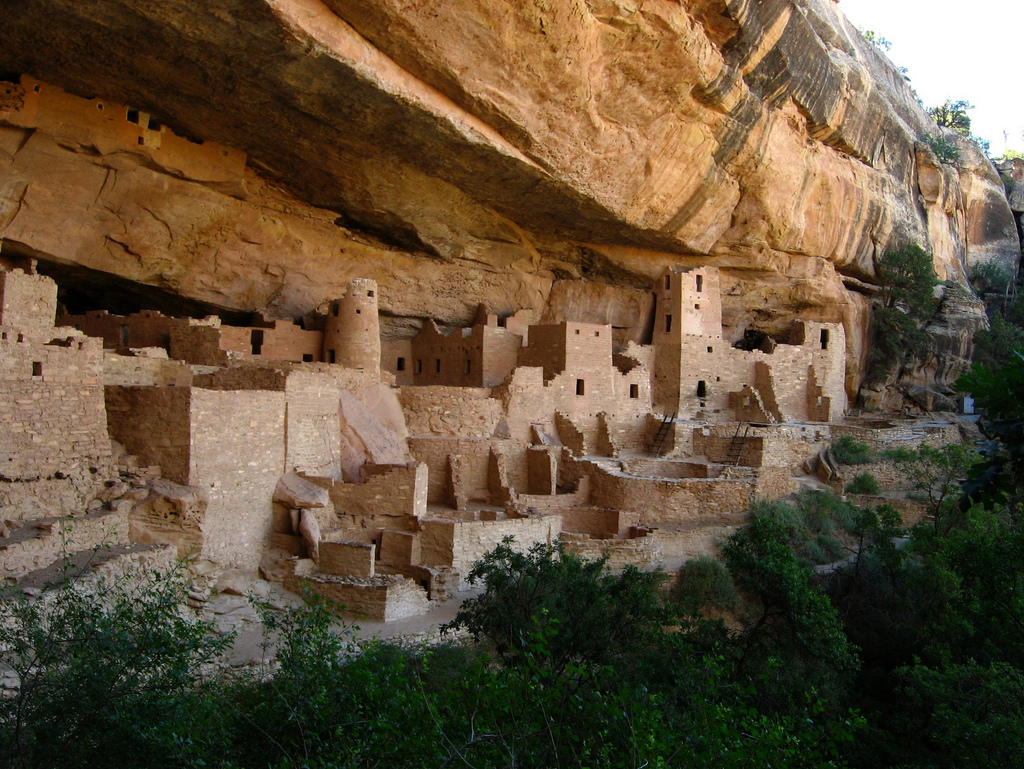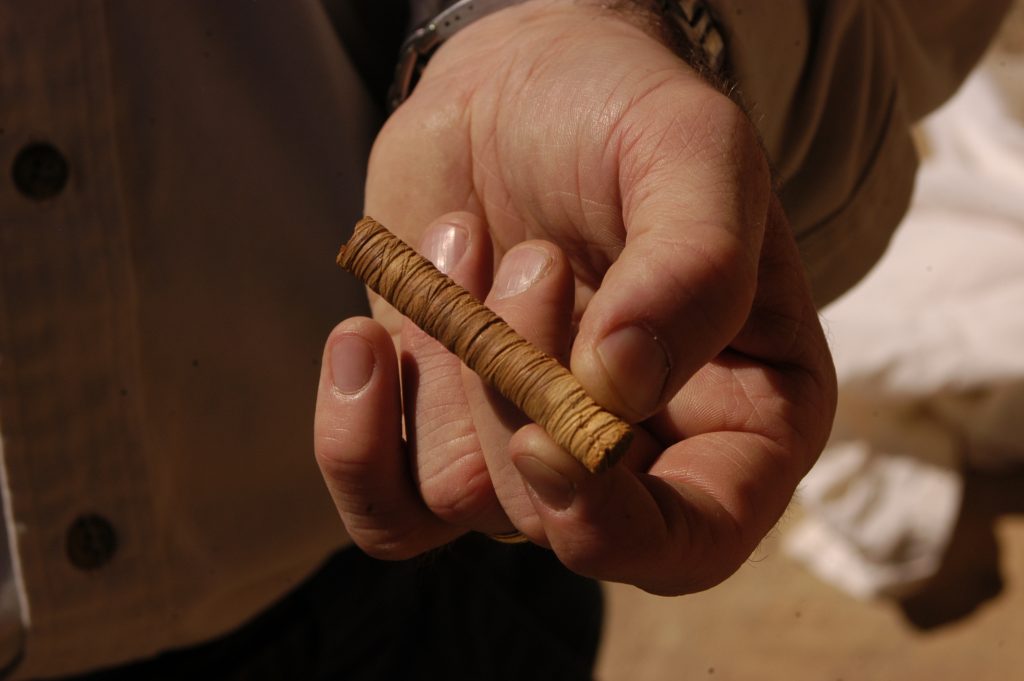HH-39: Why Good Science Doesn’t Need Eureka Moments
Dendrochronology—literally the study of tree time—is a multidisciplinary science that yields accurate and precisely dated information through the detailed analysis of growth rings in trees. Today, nearly 100 years since its development, tree-ring dating enjoys useful applications in a wide range of scientific and historical disciplines, including archaeology, biology, climatology, economics, ecology, fire history, forestry, geology, history, hydrology, pollution studies, political science, resource economics, sociology, volcanology, and others.
Tree-ring dating burst into popular and professional consciousness in December 1929, when Andrew Ellicott Douglass, of the University of Arizona, published in National Geographic the results of his 15-year effort to date archaeological sites in the American Southwest. Those results were astonishing and revolutionary.
Prior to Douglass’ article, archaeologists had literally no idea how old sites like the cliff dwellings in Mesa Verde National Park actually were; they guessed them to be about 2,000 years old. After Douglass’ publication, archaeologists learned their guesses had been too high, and significantly so: The cliff dwellings were built and occupied over the span of a few decades in the 1200s, making them only about 800 years old. This realization—that the sites were younger than previously thought—forced archaeologists to change their interpretations about the rate of development for pre-Columbian societies in the Southwest.
When I was a graduate student at the University of Arizona in the 1990s, the history of tree-ring dating was presented in short-form, in what I came to call the “Legend of HH-39.” HH-39 is the number given to a charcoal remnant of an ancient construction beam found at Whipple Ruin near Show Low, Arizona. Named after archaeologists Lyndon Hargrave and Emil Haury, it was the 39th tree-ring specimen they collected in 1929.
Legend has it that HH-39 was recovered in the early morning hours of June 22, 1929. That evening, by the light of a kerosene lamp, Douglass examined the tree-ring sequence preserved in the specimen. After a long period of silence, during which Hargrave and Haury sat in eager anticipation, Douglass announced that the tree-ring sequence preserved in HH-39 bridged the gap in his understanding of tree growth in the Southwest, thereby allowing him to calculate construction dates for about 40 Southwestern archaeological sites. “If I am right,” Douglass quietly stated, “and I think I am … ,” then Cliff Palace at Mesa Verde dates to the 1200s, and Pueblo Bonito at Chaco Canyon dates to the 1100s, et cetera. A eureka moment if ever there was one!
Seventeen years ago, I published a detailed analysis of archived documents relating to Douglass’ effort. In so doing, I confirmed that the “Legend of HH-39” is just that—a legend. While the events of June 22, 1929, did indeed happen as told, the untold story is longer and more complex. It turns out that Douglass had bridged the gap in his understanding of Southwestern tree-growth two years earlier, in 1927. He therefore knew the approximate dates for the archaeological sites two years earlier, but he kept the information to himself.
As a senior scientist approaching retirement age, Douglass knew all too well the importance of being “infernally sure” of his results, so he waited until he had additional confirming evidence before making a public announcement. As it turned out, while HH-39 did indeed bridge the gap in his chronology, it also did something more important—it bridged a gap in his scientific confidence. Put another way, specimen HH-39 provided Douglass with the corroborative evidence he needed to comfortably announce and publish his results through the rigorous peer review process.
Specimen HH-39 has achieved totemic status within the field of Southwestern archaeology, as it rightfully deserves. It is prominently displayed in an exhibit case in the Laboratory of Tree-Ring Research at the University of Arizona.
It is clear, however, that by reducing the development of archaeological tree-ring dating to a eureka moment, the “Legend of HH-39” obscures a much more interesting long-term research dynamic. The ebb and flow of Douglass’ research, his accomplishments and setbacks, the people and personalities involved, and his collaboration with archaeologists make a strong case that the process of developing tree-ring dating may be as interesting as the product.
Sociologists of science have long known that there are few true eureka moments in science. Instead, scientific discovery is often a grueling, time-consuming process that requires seemingly endless experimentation and evaluation. As Louis Pasteur reportedly said, “Chance favors the prepared mind.” Douglass spent the better part of two decades preparing his mind for the discovery of HH-39, and Southwestern archaeology—indeed, all archaeology—is better off as a result of his deliberation.



























